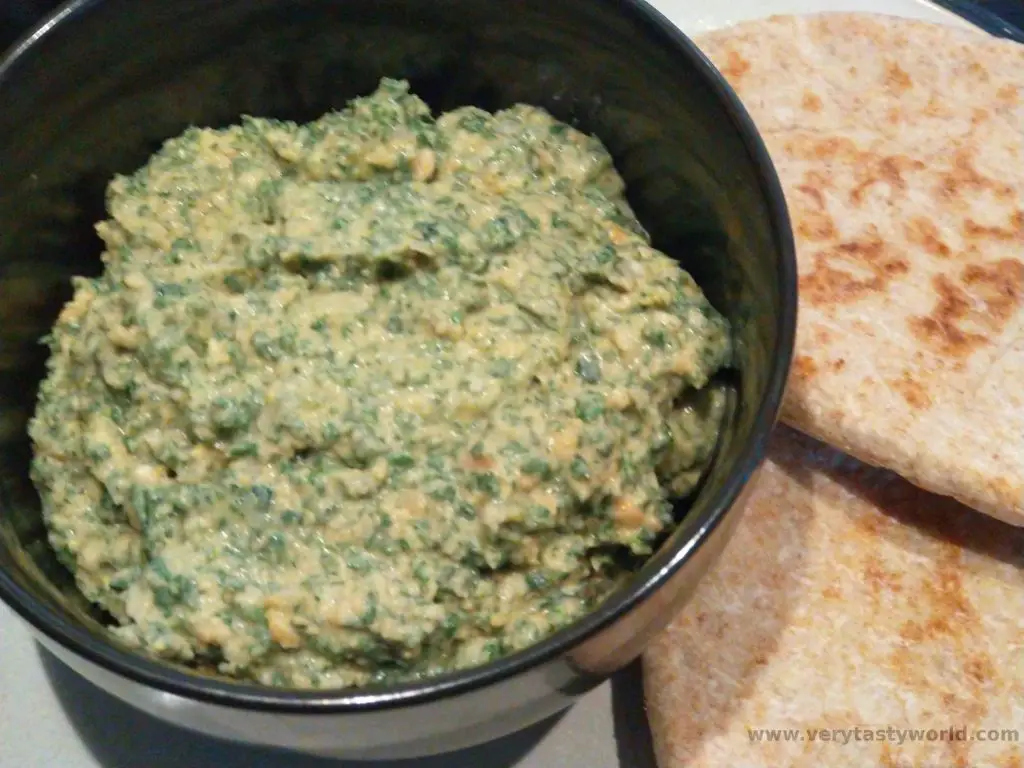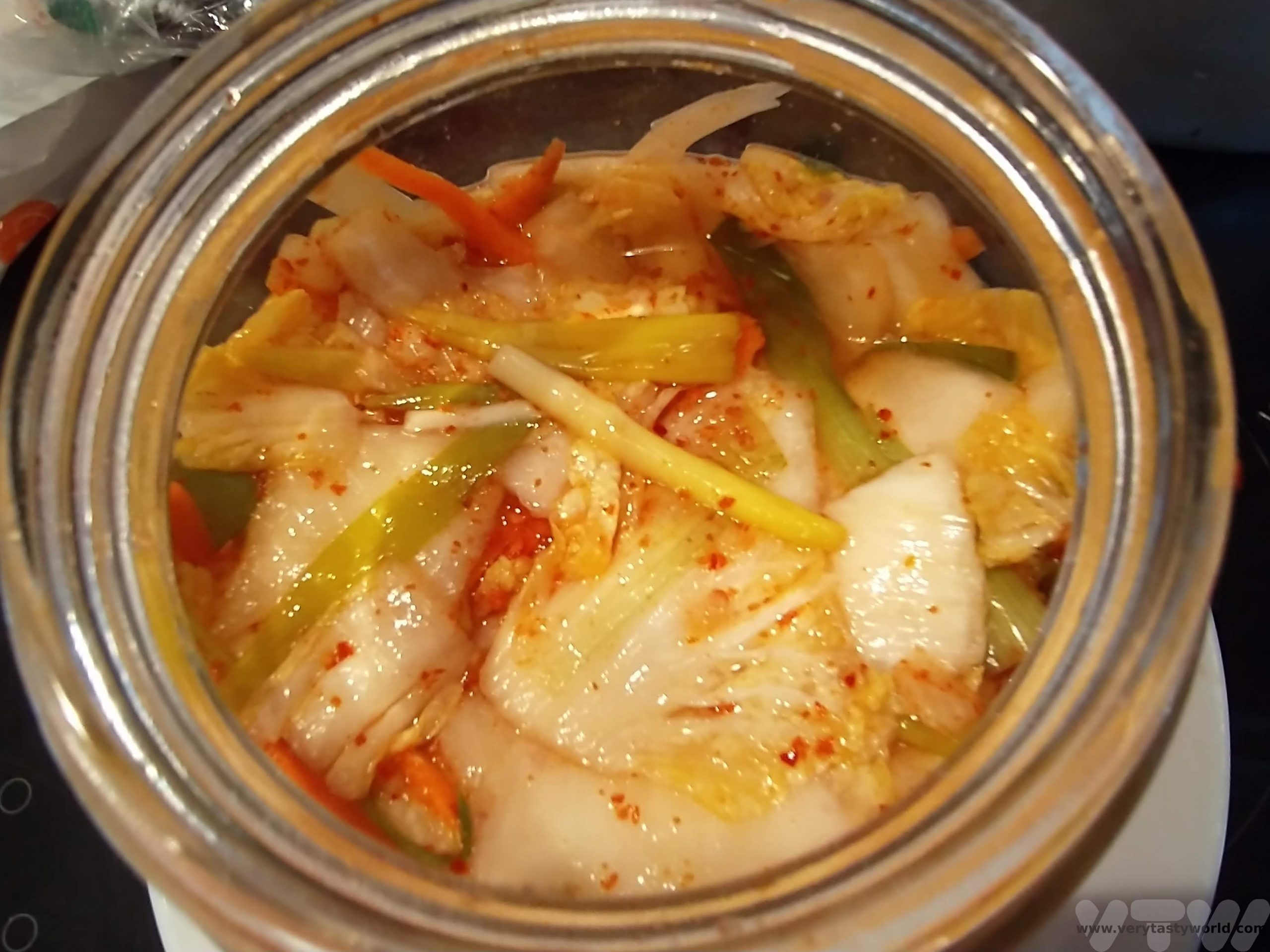Spring is a fantastic time of year for walking in the English countryside. The weather is often warmer and the blossom on the trees provides a wonderful backdrop. We even get a bit of sunshine sometimes! It’s also a great time for foraging for the spring greens that start growing – there’s nothing like picking free food whilst on a walk. At the moment, nettles, ground elder, three cornered leek, garlic mustard (aka Jack-by-the-hedge) are all flourishing and they can all be used to create and add flavour to delicious dishes. Wild garlic is our favourite and we have a fabulous recipe for wild garlic pesto.
There are some basic rules to foraging in the UK. You are allowed to pick flowers, fruit and leaves but you are not allowed to dig up roots (e.g. horseradish) unless you have the landowner’s permission. We never take more food than we need.
Wild garlic is an invasive plant and when it grows it spreads wildly, which is fantastic for a forager. It’s usually easy to recognise and has a very definite garlicky smell.
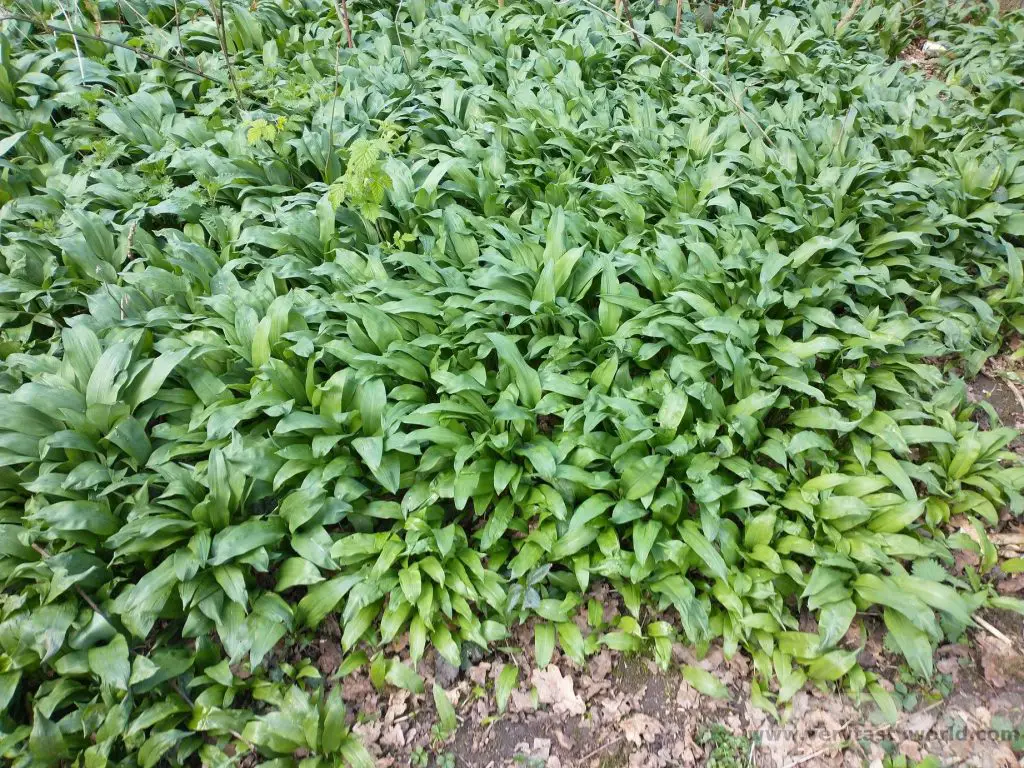
A few weeks after the leaves show through, delicate little white flowers will appear. These are edible too and have a very mild garlic flavour – they make a fantastic edible garnish. The buds can also be pickled and can be used as substitute for garlicky capers.
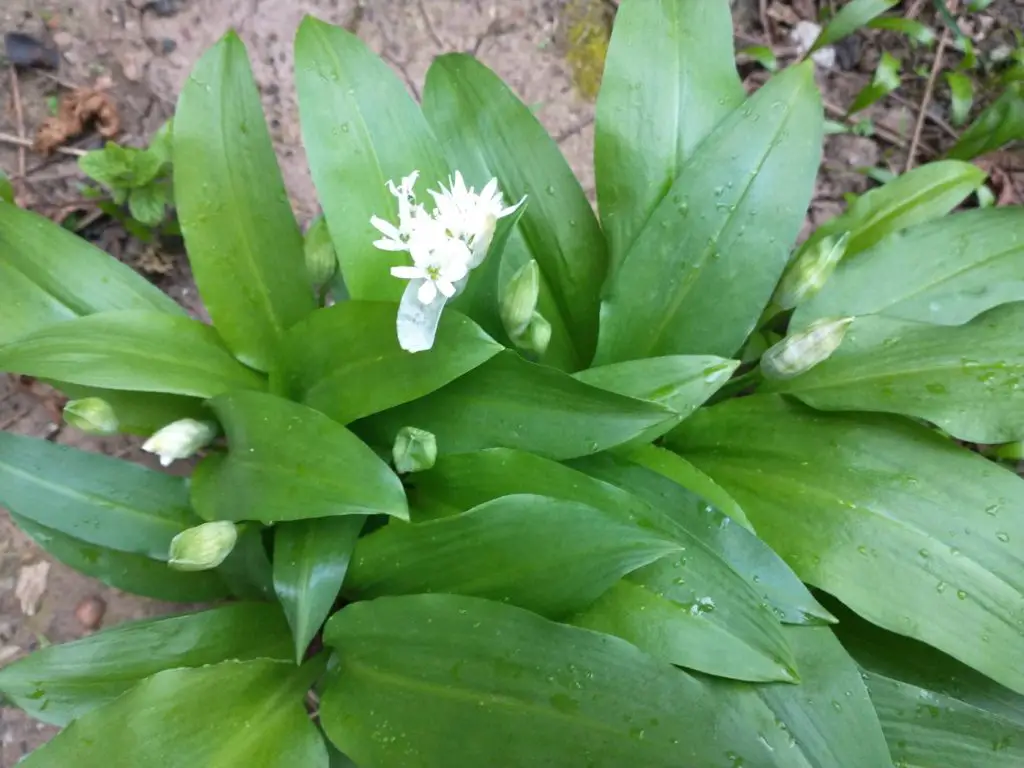
If you are foraging it is really important that you are 100% sure of what you are picking. Never eat anything if you are not certain about what it is. Many plants are poisonous and some can look very similar to edible species. Beware: there is a plant which looks very similar to wild garlic when it’s young and just peeping through the soil. Arum maculatum, also known as Lords and Ladies, is very toxic. Apparently even putting the leaves into your mouth will result in an immediate burning sensation. It sometimes grows worryingly close to the wild garlic. When it’s more mature it develops shiny arrow-head shaped leaves but when young, looks very similar to wild garlic.
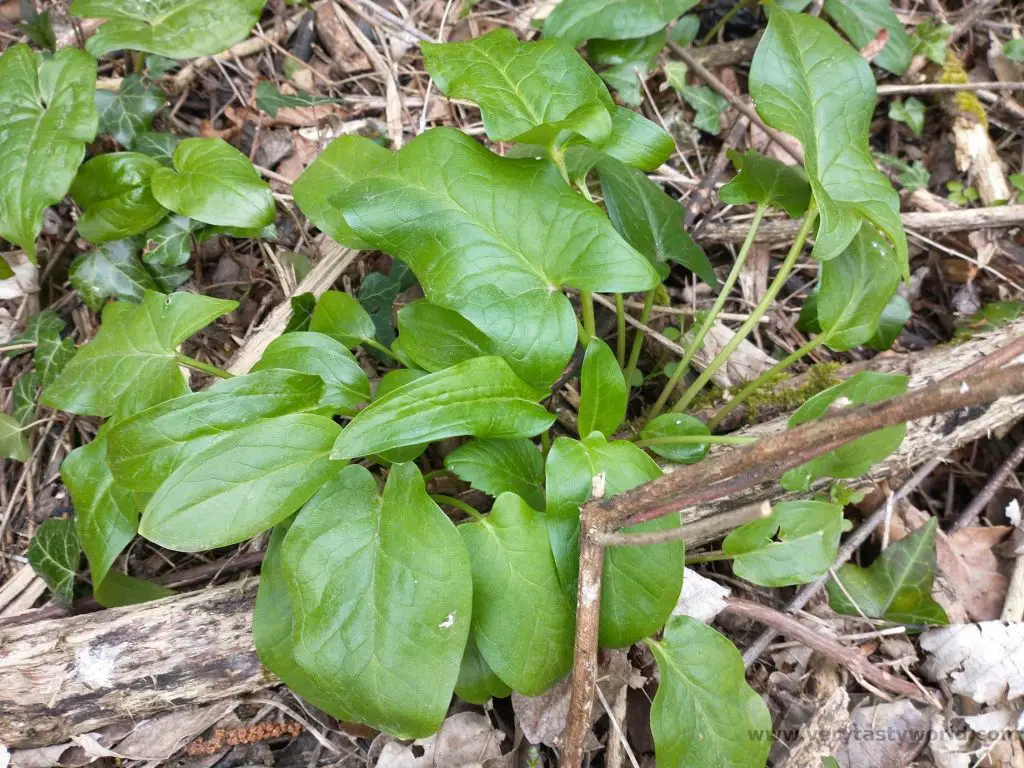
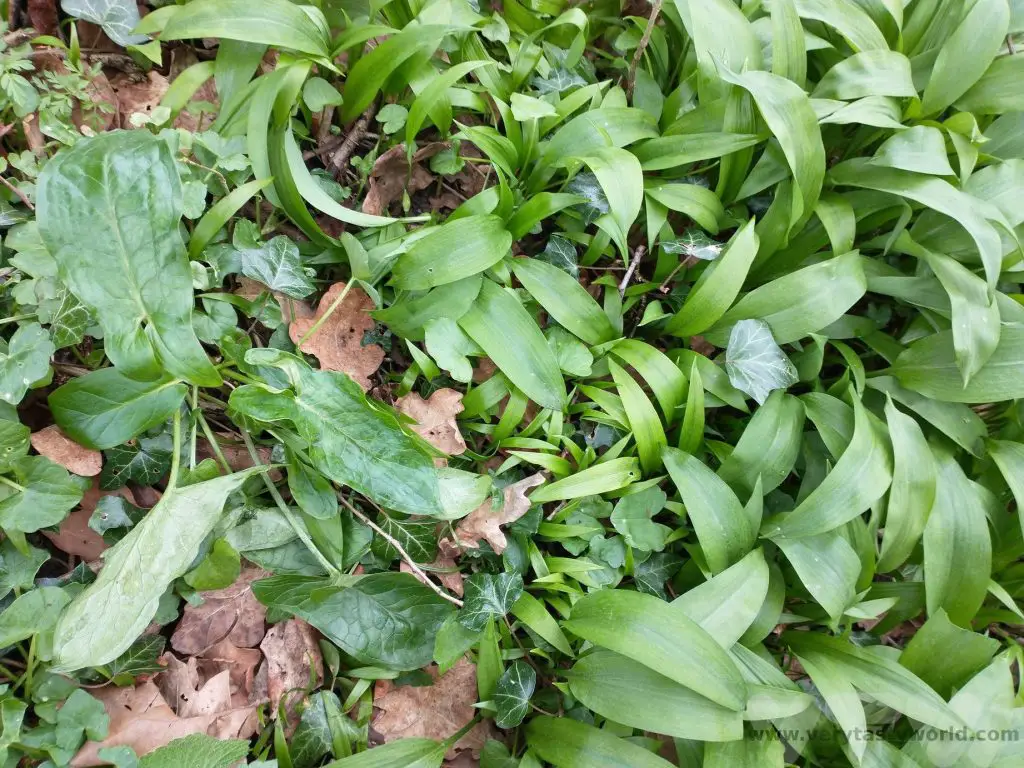
Bluebells, or their white-flowered counterparts, which can also easily be confused with wild garlic’s white flowers, can also grow nearby. Bluebells are extremely pretty but also poisonous.
Whenever we gather wild garlic we go through a process of washing it thoroughly and checking each leaf when we get home.
Wild Garlic Pesto Recipe
This is a recipe that is not at all accurate – it’s one where you can fling the ingredients together and end up with something delicious. Our wild garlic recipe uses cashew nuts instead of pine nuts. They are a lot cheaper and add a lovely creaminess to the pesto.
Ingredients
Bunch of wild garlic leaves
Handful of cashew nuts
Chunk of Parmesan or Grana Padano cheese
Slosh of extra virgin olive oil
Squeeze of lemon
Pinch of salt
Method
Roughly chop the wild garlic leaves and place into a blender. Throw in the nuts. Roughly chop the cheese into chunks and add these. We recommend adding the leaves first – to the bottom of the blender – so that the weight of the nuts and cheese ensures they get chopped up more finely.
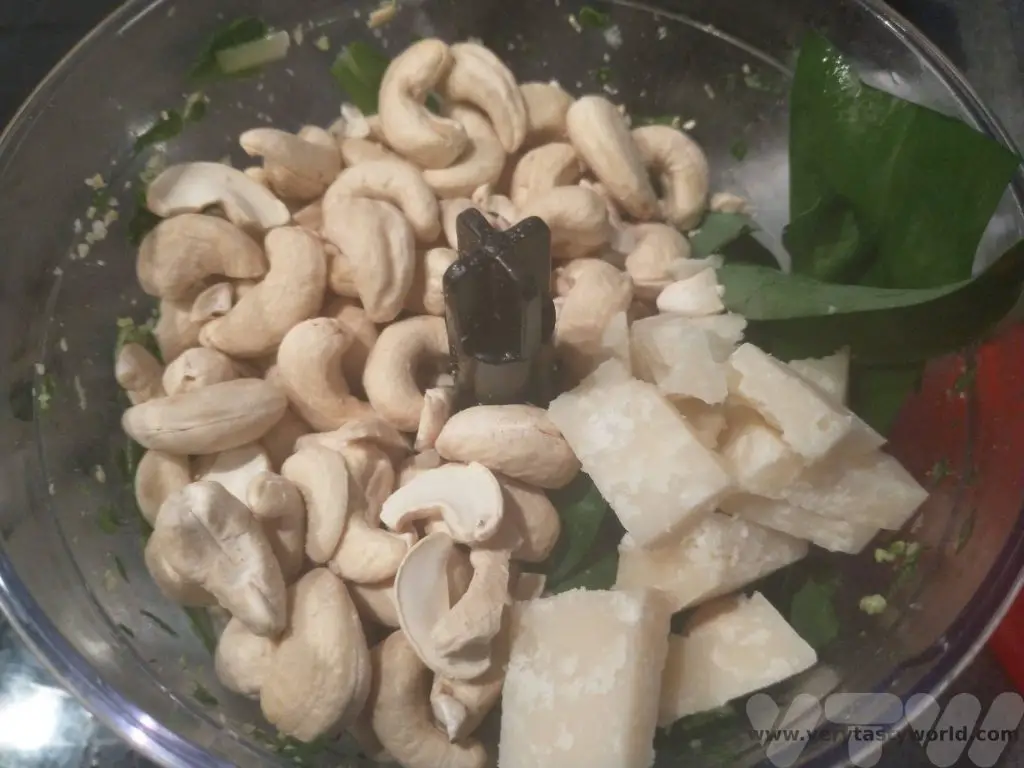
If you are planning to eat the pesto right away, add the oil, lemon juice and salt. The pesto freezes really well but if we are planning to freeze it we don’t add the oil or seasoning; instead we stir it in once it has defrosted.
Blend together until you get the texture you like – smooth or nutty – both work well.
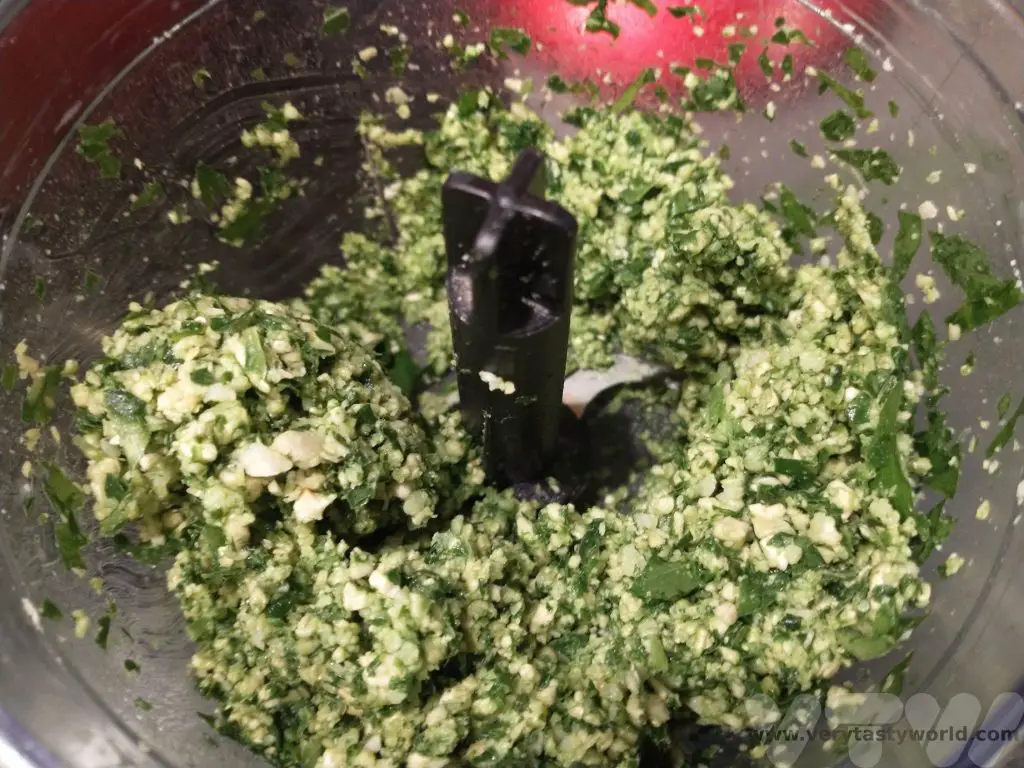
If you are planning to freeze the pesto, decant into containers and pop into the freezer. We recycle plastic takeaway containers as they provide the perfect portion for two people.
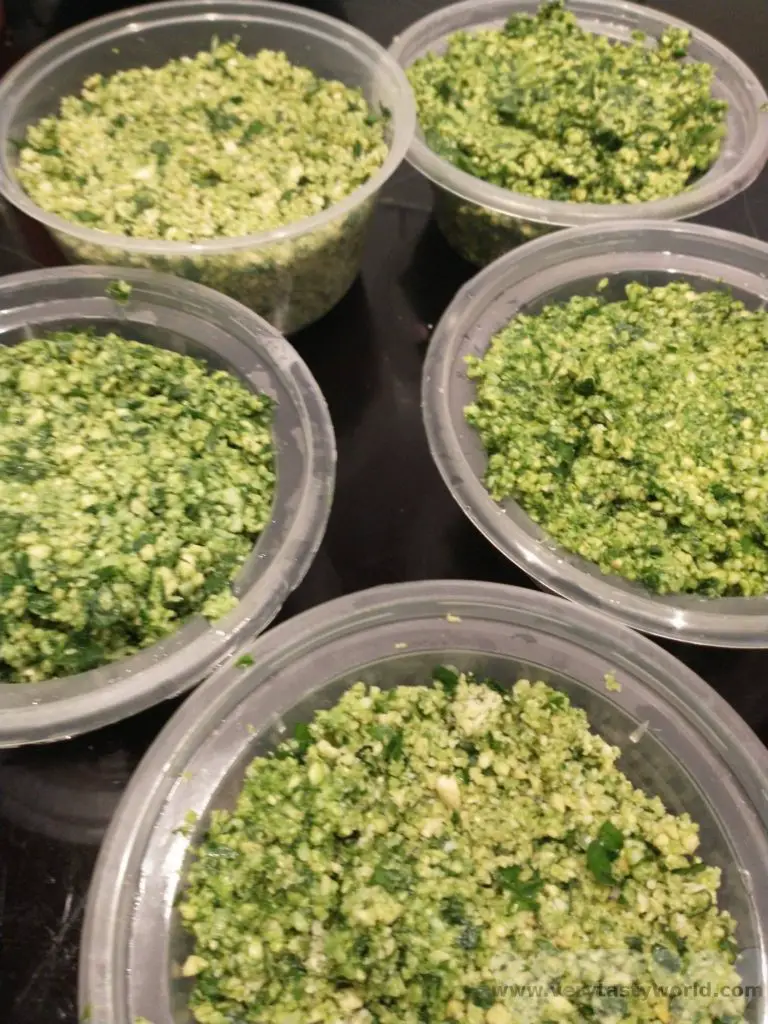
We’ve tried variations using pistachio nuts and nutritional yeast, which can replace the cheese in order to develop a vegan version. Pistachio are more nutty in texture and their flavour is more pronounced in the finished pesto.
The great thing about this recipe is that is so easily adaptable – mix and match ingredients. It’s the underlying gentle garlicky flavour that the wild garlic leaves produce that make this such a brilliant pesto. We’ll be foraging and freezing for as long as the season lasts.
Related Posts You May Enjoy

- RECIPE Oyakodon Donburi
- Zero Waste Recipes Before Your Holiday
- RECIPE: Vegetable Biryani Tamil Nadu Style
- RECIPE: Vegan Wild Garlic Pesto
- Recipe: Venetian Pasta Sauce
- RECIPE: Biryani Raita Recipe
- RECIPE: How to Make Costa Rica’s Gallo Pinto
- Recipe: Japanese Simmered Pork Belly – Buta no Kakuni
- RECIPE: How to Make Umeboshi
